Of the major invasive plant species problems in the UK Giant Hogweed potentially presents the greatest human health risk. Although less headline grabbing than Japanese Knotweed it still represents a significant challange to the biodiversity of our environment. As the photo above shows, when it gains a proper foothold it isn’t long before it out competes everything else and becomes a forest. The perspective is a bit difficult to grasp initially but if you keep in mind that the photo was taken from a bridge over a railway cutting, the tree in the back of centre frame is a mature tree and the majority of the Hogweed in that photo is 3m or more in height you get some idea of how imposingly large this plant can get.
The plant is utterly spectacular when grown to it’s full 5m height and in bloom but the spectacle of the giant white flower heads and huge jagged leaves belies a very nasty surprise if you get too close. The sap of the Giant Hogweed plant contains chemicals called furanocoumarins which make your skin sensitive to light in a condition called photodermatitis which ‘burns’ to produce blisters which will leave extremely painful and unsightly purple scars. If you like gory photos then examples of these injuries can be seen here and here. It can damage your vision and could cause blindness if the sap gets into your eyes. This photosensitivity can persist long after contact leading to years of discomfort any time that area is exposed to sunlight. If you even think you’ve got this sap on you wash the area throughly in cold water, keep the affected area out of sunlight and get medical attention at the first sign of a reaction.
So if it crops up on your property what do you do about it? The plant typically takes 2 to 3 years to reach maturity and produce a flower but the sap retains its harmful qualities throughout the life cycle of the plant and can be transferred to skin by the fine hairs on the stalks and leaves of the plant. So you’ve got a bit of time to react if the plant is immature but protective clothing is a must. The crucial thing is to do something before the flower heads turn into seed heads and the ground becomes a carpet of seeds every time the wind blows.
The most effective method of control is herbicide application. As ever bear in mind that it is a legal requirement that herbicides be applied in accordance with the product licence by suitably qualified individuals. The exact methodology will be dependant upon a range of factors but more than one treatment is going to be required to kill this plant.
Unlike other some other invasive species a program of physical destruction can be successful at removing a stand of Giant Hogweed. Remember that physical damage of the plant will release sap and while viable for small stands this approach is labour intensive and could well be more cost prohibitive than herbicide applications. The exact manner of this destruction should be tailored to the circumstances on site and will depend upon the size and numbers of the plants and point in the growing season. Any program of physical destruction must be carefully executed to sufficiently damage the plants and ensure destruction and planned with monitoring and repeated rounds of destruction to catch any regrowth and destroy the young plants which sprout from seed present in the soil in subsequent growing seasons.
If you happen to have a ready supply of herbivorous animals which can be put to work sheep and cattle can be used to graze and trample down young hogweed plants. This has been shown to be effective but is most effective on small plants particulalry if started early in the growning season. It is also crucial to closely monitor the livestock and ensure that they have access to forage other than Giant Hogweed.
Call us on 0800 0209 307 with any questions on Giant Hogweed, alternatively follow the link below for our online guide to Giant Hogweed.
2022 EDITION
Visit our detailed Giant Hogweed Removal Guide
Answers to all of your questions about this pesky plant!
CHECK IT OUT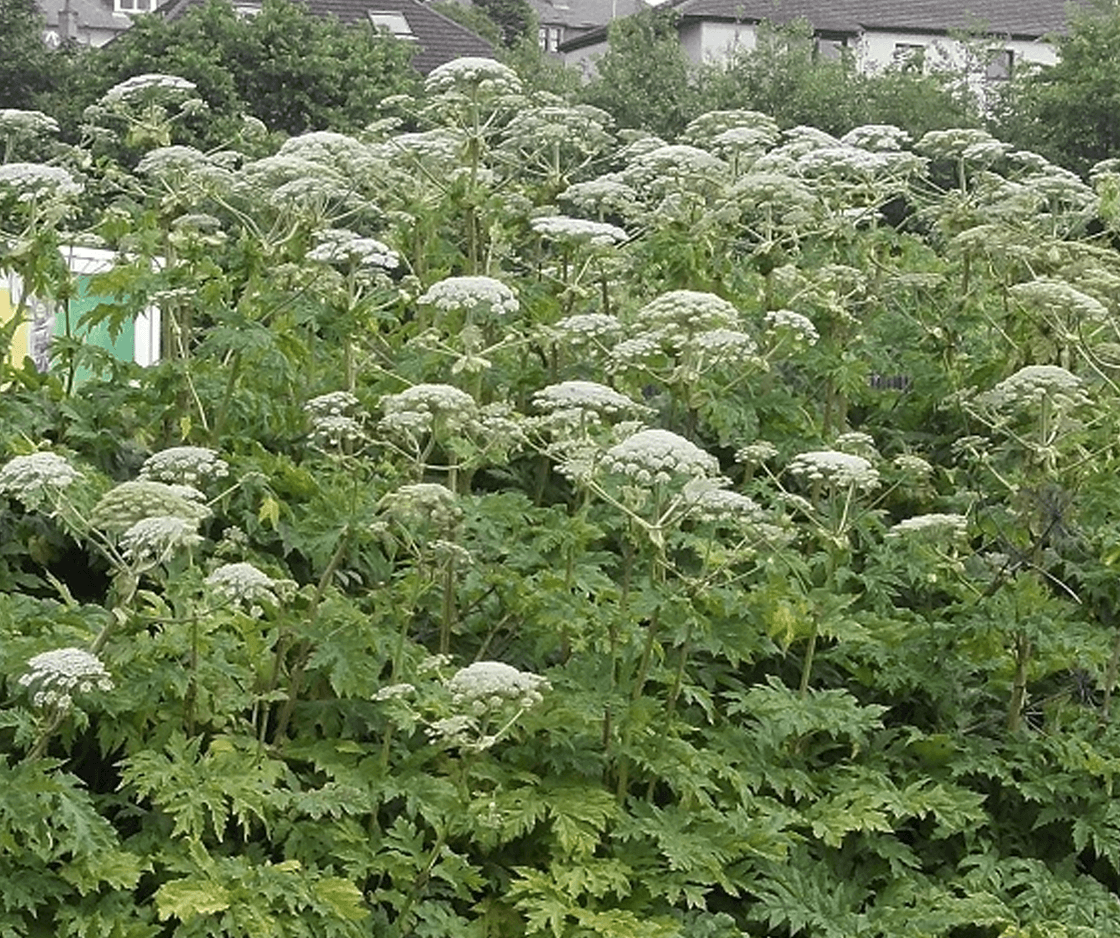
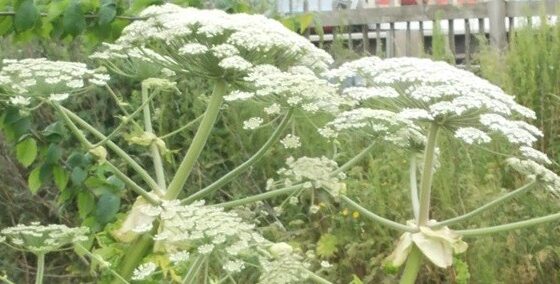
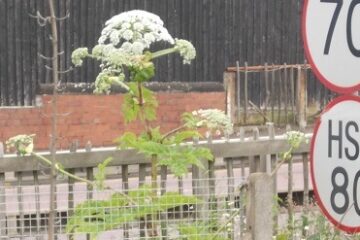
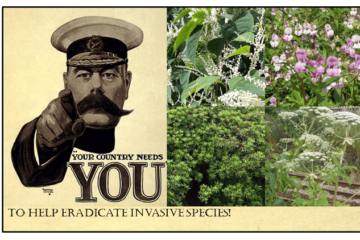
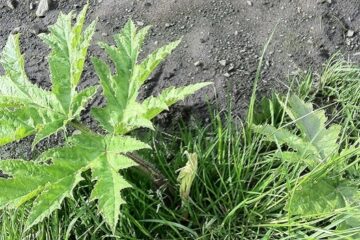



Leave a Reply